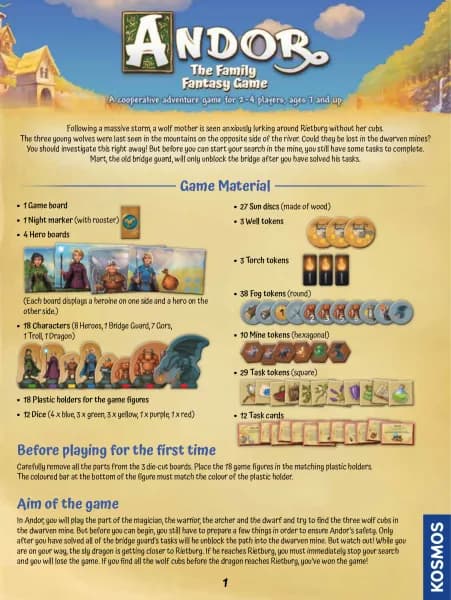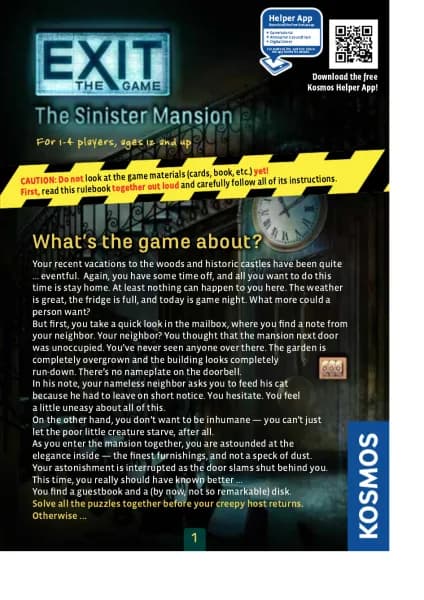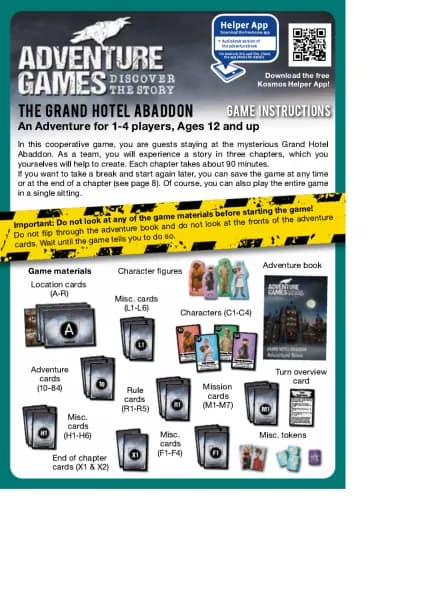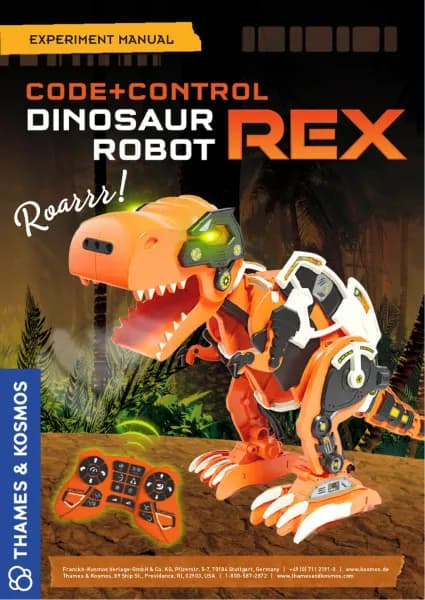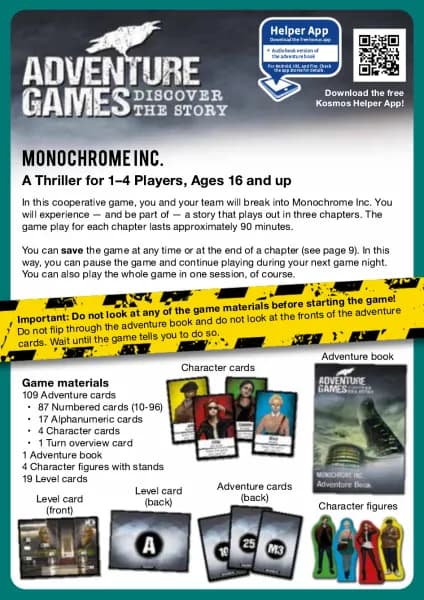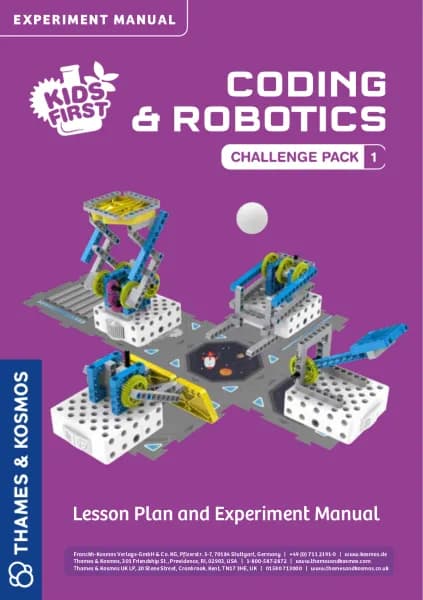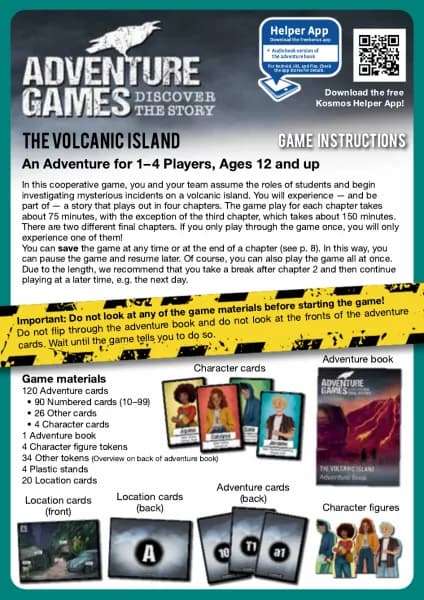Thames & Kosmos Physics Workshop handleiding
Handleiding
Je bekijkt pagina 6 van 19

13. Shaft Plug (x20)
This red-colored piece will hold fast when its thick
end is inserted into a hole. If you press a wheel
into its other end, the prongs will hold the wheel
securely while still leing it rotate freely. You can
also use this piece to aach cardboard and other
pieces to frames or rods. When the shaft plug is
inserted in a hole, its thin rim will protrude a lile,
allowing it to be pried out with the part separator
tool.
14. Joint Pin (x10)
This red-colored piece is split at both ends. Either
end can be inserted into the hole of a rod or frame,
where it will rest securely while still being able
to rotate. Its other end can then be inserted into
another rod or frame hole. The joint pin lets you
connect two components so that they can rotate or
pivot relative to one another.
15. Shaft Pin (x2)
This red piece will fit into a hole of one of the rods,
with the thick section able to rotate in the hole.
Its rim keeps it from slipping out of the hole. The
thinner end, meanwhile, fits nicely into the crank-
hole of a wheel. So the shaft pin is used to connect
a wheel to a rod. If just the thinner end is inserted
into a wheel’s crank-hole, the shaft pin can serve
as a crank handle.
16. Large Gear Wheel (x4)
The kit’s gear wheels are orange. The large wheel
has 60 teeth around its periphery. Like all the
gear wheels, this one has slanted teeth on one
side, and on the other side it is flat. The hole in
the middle lets you mount it on an axle or a shaft
plug. The small hole near the edge of the wheel (or
crank-hole) holds the shaft pin so you can crank
it. A gear wheel lets you transfer force and motion
onto another wheel (or another gear shaft). In
that process, you can increase the force while
decreasing the rotations, or increase the rotations
while decreasing the force.
17. Medium Gear Wheel (x2)
This gear has 40 teeth, but is otherwise similar to
the large gear wheel.
18. Small Gear Wheel (x8)
This one has just 20 teeth, is a lile thinner than
the others, and lacks a crank-hole for the shaft pin.
19. Large Sprocket Wheel (x3)
It is green and has 30 teeth. As with the other
sprocket wheels, a chain can go over the rim of
teeth. It also has a crank-hole for the shaft pin.
Unlike the gear wheels, both sides of the sprocket
wheels are the same. The nub in the center is
thicker with all the sprocket wheels.
20. Medium Sprocket Wheel (x3)
This sprocket wheel has just 20 teeth, but is
otherwise shaped just like the large one.
21. Small Sprocket Wheel (x3)
It has just 10 teeth and is missing the hole for the
shaft pin, but is otherwise like the other two. Now
and then, we will be using it on an axle to keep
other pieces securely in place.
22. Chain Link (x140)
This is black and can be connected to other links
to create a chain. The longest chain has 140 pieces.
The inside of the chain is smooth, the outside
rough. If you turn the rough outer side inward,
the chain grinds on the wheels and can get
caught. Chains and sprocket wheels are good for
carrying large forces over long distances. They
are “forgiving,” because they are a lile loose and
compensate for imperfections. Chains can also be
used as conveyor belts or as treads or drive chains
for land vehicles.
23. Large Pulley Wheel (x2)
Like the two other sizes of pulley wheels, this one
is yellow. A rubber band or cord can go along the
groove around its rim. On its inner side, you will
see a ring with an opening. If you push the inner
sides of two equal-sized pulley wheels together
and then slide them onto an axle, it creates a drum
with room for the knot and an exit hole for the
cord. Near its edge, the pulley wheel has a crank-
hole for a shaft pin.
Pulley wheels, like sprocket wheels, are used to
transmit forces or movements, in order to increase
or reduce them. Instead of a fixed interlocking
chain, the pulley wheel uses a drive belt made of
rubber, leather, or cloth, which can slip and still
turn in the groove with fluctuations of force or
overloads. Drive belts therefore afford a soft and
elastic means of transmission.
24. Medium Pulley Wheel (x2)
Instead of the crank-hole, this wheel has a small
hole for the end of the cord.
25. Small Pulley Wheel (x2)
This one also has a cord hole.
26-27. Rubber Bands: Short (x2) and Long (x2)
There are two different sizes of rubber bands: short
and long. They do the work of drive belts, springs,
and energy stores.
28. Crank (x1)
You will use the crank to turn axles by hand and
also to convert rotating motion into back-and-
forth motion.
29. Crankshaft (x2)
This serves admirably as a crank handle.
30. Wooden Ball (x8)
This is used for several experiments and games.
31. Anchor Pin Lever (Part Separator Tool) (x1)
This is a handy tool for extracting anchor pins and
shaft plugs from holes. The thicker end lifts out the
anchor pin, the thinner end the shaft plug. You can
use the long axle to push out anchor pins, shaft
plugs, shaft pins, and base connectors.
32. Washer (x10)
We use this piece to reduce friction — for example,
to keep vehicle’s wheels from rubbing against its
chassis or rod — but also to increase the distance
or space between parts, or to press one part
against another. The washers be used whenever
you find that wheels or gears are rubbing against
other components. In particular, they will come in
handy when you use several gears in the assembly
of a vehicle or machine that might otherwise have
the freedom of their rotation hindered, with a
resulting slowing of the mechanism’s performance.
These washers may not show up in the photograph
of a particular workshop project, but feel free to
make use of them
whenever you think
it makes sense
to do so. A good
engineer improvises
to improve
performance.
33. Axle Lock (x10)
These are designed
to prevent a wheel
from wandering
along the axle,
or slipping. They
are easy to install
without having to
remove the wheel
or the axle.
Large
Pulley
Wheel
Medium
Pulley
Wheel
Small
Pulley
Wheel
Rubber
Bands
Crank
Crankshaft
Ball
Part
Separator
Tool
Washer
Axle Lock
Plastic washers can be used to
separate gears.
Axles locks will keep wheels and
axles from slipping.
Physics Workshop
Bekijk gratis de handleiding van Thames & Kosmos Physics Workshop, stel vragen en lees de antwoorden op veelvoorkomende problemen, of gebruik onze assistent om sneller informatie in de handleiding te vinden of uitleg te krijgen over specifieke functies.
Productinformatie
| Merk | Thames & Kosmos |
| Model | Physics Workshop |
| Categorie | Niet gecategoriseerd |
| Taal | Nederlands |
| Grootte | 12112 MB |
